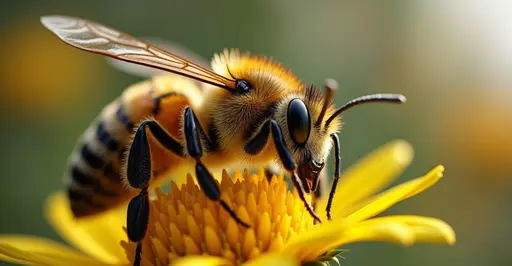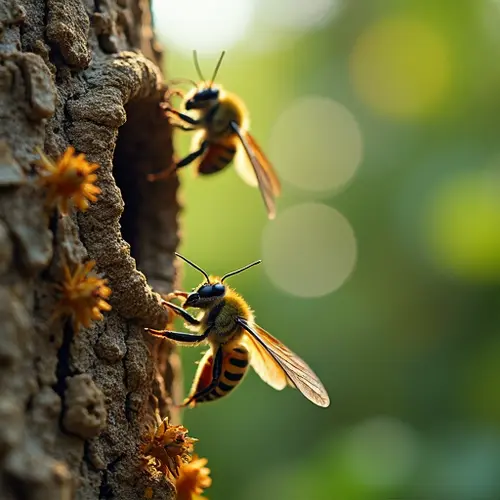
AI-Powered Robotic Bees Emerge as Solution to Pollination Crisis
With global bee populations in steep decline, scientists are turning to artificial intelligence and robotics to secure our food supply. Prototype robotic bees developed at MIT can now fly 100 times longer than previous models while performing precise pollination maneuvers – a breakthrough that could transform agriculture.
The Pollination Crisis
Insect populations have decreased dramatically worldwide, with bees particularly affected by habitat loss, pesticides, and climate change. Since 75% of food crops depend on pollinators, this decline threatens global food security. Traditional pollination methods are labor-intensive and inefficient compared to natural bee activity.
MIT's Engineering Breakthrough
MIT researchers have created robotic insects weighing less than a paperclip that can hover for over 16 minutes continuously – a massive improvement over earlier designs that managed just seconds of flight. The new bots feature:
- Four independently controlled wings inspired by insect anatomy
- Piezoelectric artificial muscles beating wings 120 times/second
- Advanced materials minimizing mechanical stress
- Space for future battery and sensor integration
"With the improved lifespan and precision, we're getting closer to real applications like assisted pollination," says Professor Kevin Chen, head of MIT's Soft and Micro Robotics Laboratory.
Impressive Capabilities
During tests, the drones performed acrobatic double flips and precisely traced flight paths spelling "MIT." Their durability allows them to withstand collisions that would destroy earlier models. The design's efficiency comes from eliminating wing interference that plagued previous multi-wing configurations.
Future Farming Applications
Potential uses include:
- Pollinating crops in vertical indoor farms
- Targeted pollination in greenhouse environments
- Supplementing natural pollinators during peak demand
- Operating in conditions unsuitable for bees
Researchers aim to extend flight time beyond 10,000 seconds while adding navigation systems for outdoor use. "These robots could open up new approaches to indoor farming," explains graduate researcher Suhan Kim.
Challenges Ahead
While promising, the technology still lags behind natural bees in endurance and fine motor control. Scaling production and reducing costs remain significant hurdles before widespread agricultural implementation.

 Nederlands
Nederlands
 English
English
 French
French
 Deutsch
Deutsch
 Espaniol
Espaniol
 Portugese
Portugese




